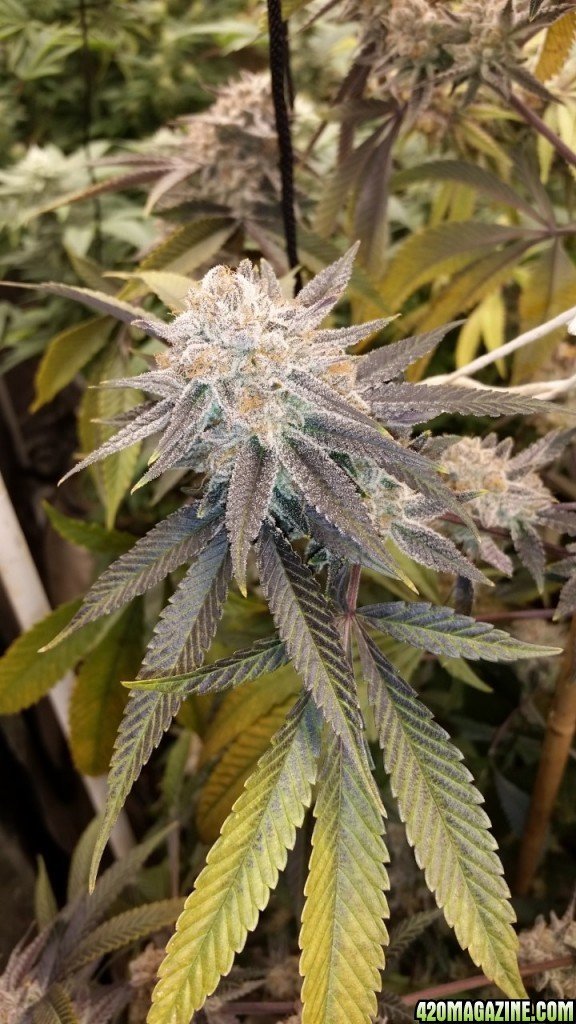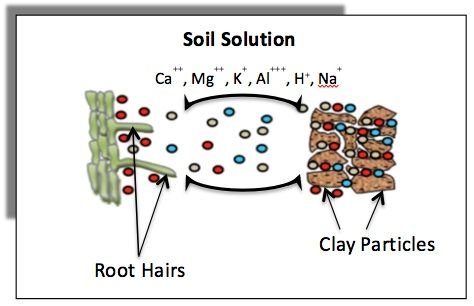
Cation Exchange Capacity (CEC) is probably the most important measure of soil's fertility, which is directly related to yield and quality of cannabis. If CEC is low, plants cannot really hold onto their cations, even if we pour the fertilisers in bulk. And if it's high we should consider cutting back instead, cause the soil stays charged for a very long time like a good battery.
Soil is composed of different particles, which are negatively charged, and thus attract positively charged molecules called cations. These on the other hand come from our fertilisers, amendments and water.
CEC is basically a measure of the soil’s ability to hold them, which also directly influences its structure, nutrient availability, PH and its reaction to every treatment we can come up with.

As CEC is defined as the amount of positive charge that can be exchanged per mass of soil, usually measured in moles of electric charge (cmolc) per kg, a cation exchange capacity of 10 cmolc/kg could hold 10 cmol of Na+ cations (with 1 unit of charge per cation) per kilogram of soil, but only 5 cmol Ca2+ (2 units of charge per cation).
This in practise can go two ways. If the CEC is low, very few cations can effectively bind to the soil particles, but if the CEC is high, then the opposite is true, and soil particles can hold onto a lot of cations.
For the sake of argument it's really like comparing a Chevrolet pickup truck with Fiat Cinquecento. First one has all the space you may possibly want if you frequently drive loaded up with gardening supplies. And second one gets full after you dropped two gallons of soil on the back seat.
This has consequences for the grower as fertilisation practices have to be adjusted for your soil or particular medium. High CEC soil is for example much more stable in terms of PH and resilience to nutrient leaching (meaning it needs lower rates of nutes and applied more rarely), while low CEC soil will perform worse in these areas and has to be kept in check all the time.
But how do we raise it if we have CEC problem? Usually by adding organic matter such as humus or EWC, which greatly increases total surface area and provides more binding sites. And this leads us to a trivial, but important conclusion, that the best soil is always an organic soil.

420MagazinePhoto credit: Nice bud above is #highbrix Slurricane (In House Genetics) grown by my buddy The Green Yeti. Courtesy of
“ that the best soil is always an organic soil.”
That’s what the fuck I’m talking about !
yah I put rinsed kelp in a cooler fill it 3/4 with water with a tight fitting lid and let it rot for 3 months or more....smells like sewage but it wont burn plants and has plenty of what the plants need.
I'd prefer to go aerobic, it's just overall better for container gardening, where biota's growth is really limited by the size of the pot. If you don't know what you're brewing without oxygen, there's a chance you're gonna introduce a pathogen into the soil, which is gonna start causing problems.
BTW kelp is good, just don't go overboard with it as it's mostly potassium, so can easily push it up too much in soil.
Most of what I do in my grow beds is to promote aerobic life. Same principle works really well for the human body imo!
Seems like you would be creating a lot of anaerobic microbiology that way.
That's a quote from dr Elaine Ingham: "The scientific literature is very clear that anaerobic processes result in materials that can be highly toxic, and not at all beneficial to plants. Reading all the literature on the subject can be very time consuming, so if you don't mind, I'll summarize it here.
First: Most pathogens ARE anaerobic organisms. Most pathogens grow BETTER in anaerobic conditions."
I stand behind it 100%. Organic #highbrix is the best quality-wise.
Amazing information! Thank you!
Following sharing and voting!
Thx a lot, man. I've just started, so I welcome every follower I can get!
Check my other posts if you have time, and upvote them if you have any power :)
Thank you for the info☺
You're very welcome :)
Really interesting info! Simple and well done post
I'm trying to be as simple as it gets. You know I've been on the growing scene long enough to understand that not all growers have scientific background, so you need to make it more straightforward.